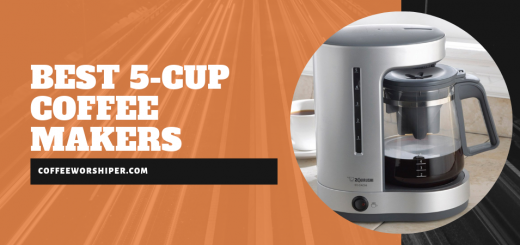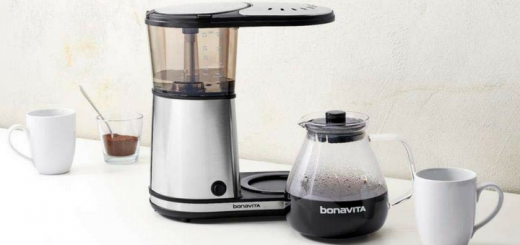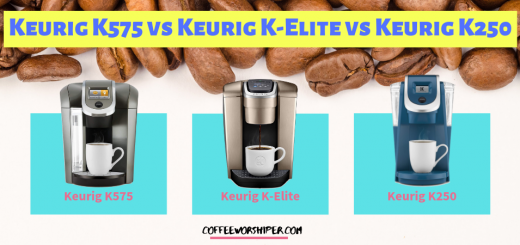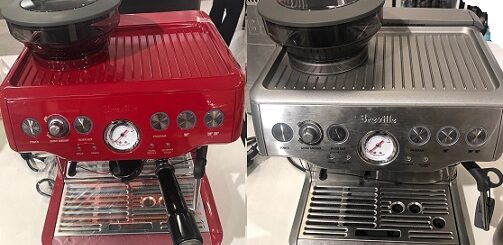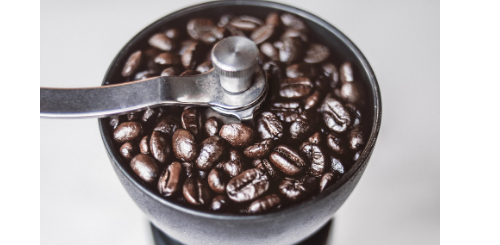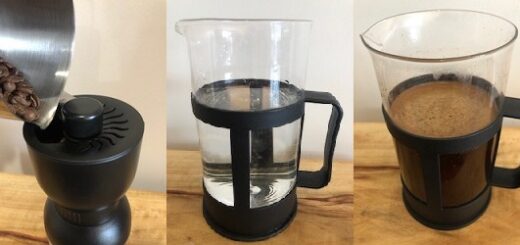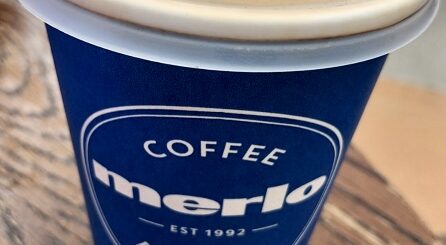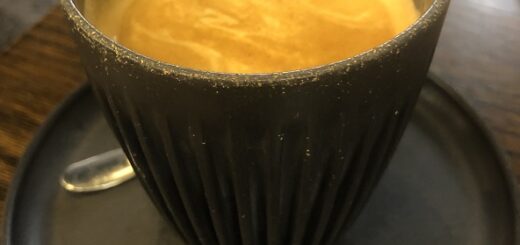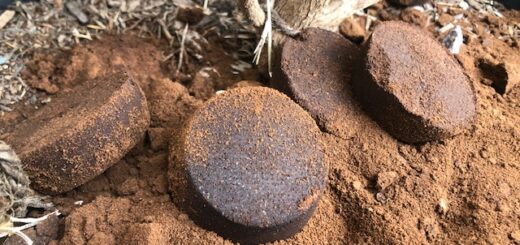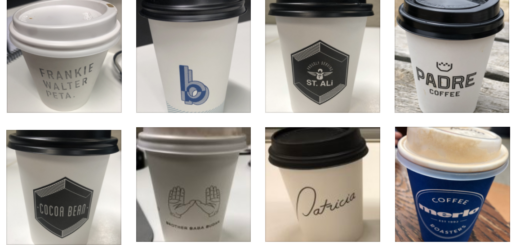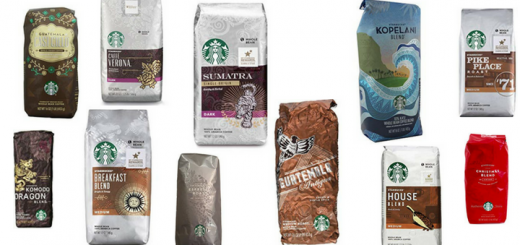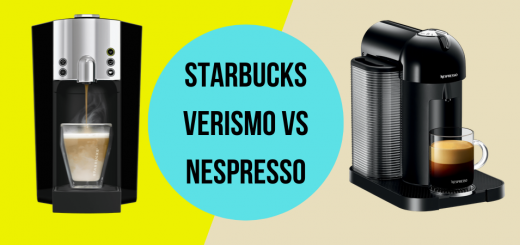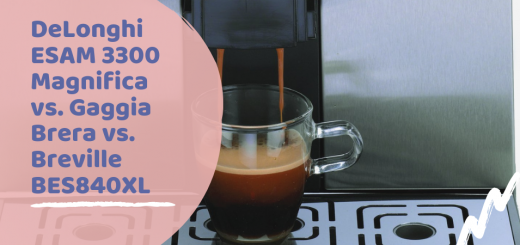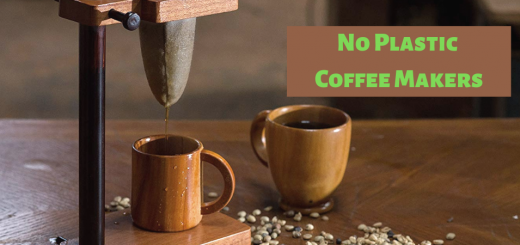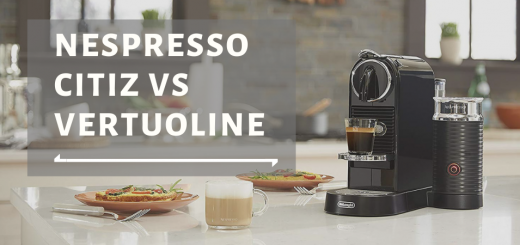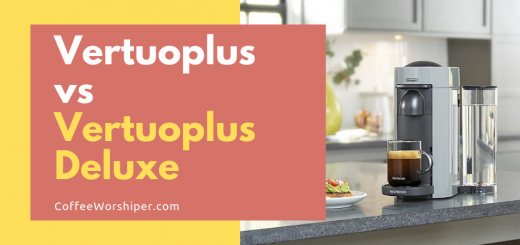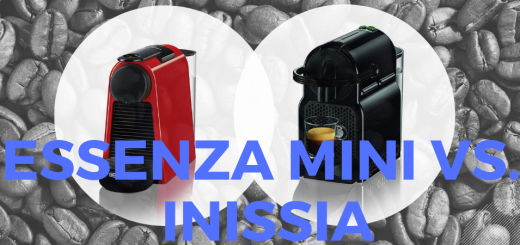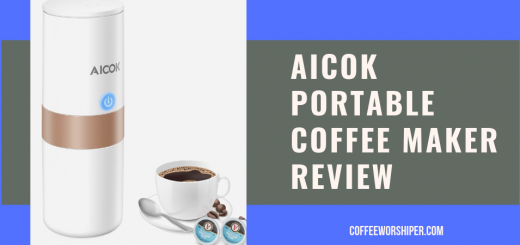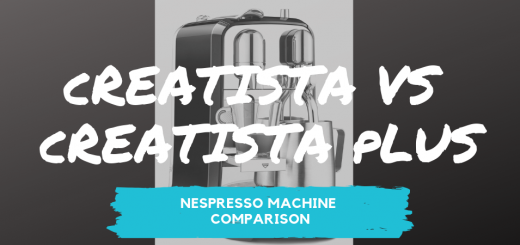No Plastic Coffee Makers – The Best Types of Coffee Brewers Without Plastic Parts
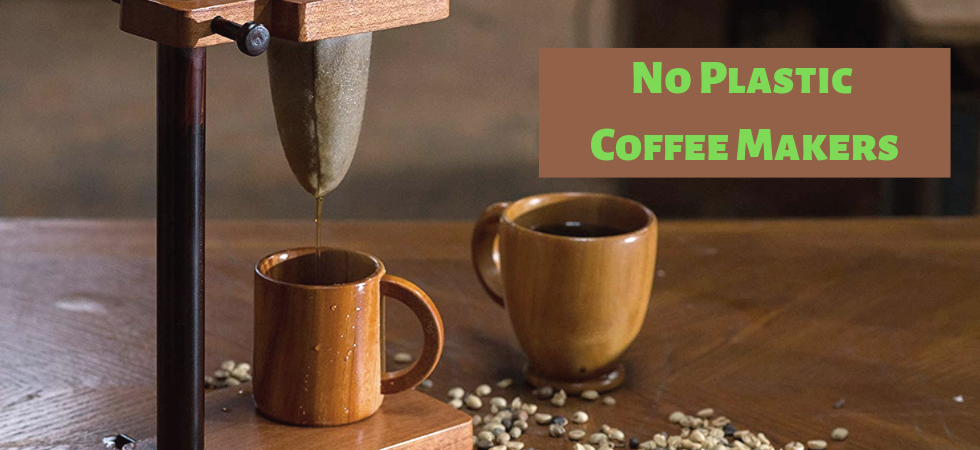 There are so many reasons why you wouldn’t want to drink your coffee made in a coffee maker that contains no plastic parts.
There are so many reasons why you wouldn’t want to drink your coffee made in a coffee maker that contains no plastic parts.
Whether it is due to environmental awareness, health concerns, or hedonistic enjoyment in flavorful cup or shot of coffee.
The standard electric drip coffee makers even when advertised as fully stainless steel do contain some plastic parts. No matter what is your favorite type of brew you should be able to find the perfect coffee machine for your taste that does not contain plastic. But, first things first. Here are all the reasons you might want to consider no plastic coffee makers.
Why to use plastic free coffee machines?
- Enviroment
- Health
- Taste
Most people are aware of the environmental impact of plastic bags and packaging. But less visible is the impact of plastic production on the environment. Plastics are complex organic compounds that require several steps to produce from petrochemicals and generate considerable amounts of toxic waste. Unfortunately, the EPA is lacking and recently laxing the regulation of disposal of such wastes when compared to other developed nations. Thus, it is up to consumers, by using the power of their wallets, to force the industries to decrease the pollution.
Second concern about plastics people have is personal health. Though plastics used in coffee makers are chemically stable, when exposed to hot water during brewing they can leach their components. Those are either the main component, additives or residual precursory and intermediate compounds from production. Most notable examples are endocrine disruptors BPA and benzophenone.
Third concern can be described as purely hedonistic. The flavor of a brew is determined by presence and amount of complex organic compounds. While plastics have complex polymer structure. Though there are no chemical interaction between these compounds, there are physical. Compounds that give flavor to coffee can get literally stuck between molecules of plastic and present a real challenge to clean. Later they can be randomly released into the new brew. While this leaching is safe, it can have significant impact on the flavor making one blend tasting like previously used or as unappealing mixture of blends. It is almost commonplace that coffee has a taste of plastic, especially when it comes to using new coffee machines. None of you certainly do not want that odd plastic taste in your coffee.
Fortunately, no matter what type you prefer you can find a plastic free coffee maker for your perfect cup of brew.
Cezve or briki
Simplest way to keep your coffee experience plastic free is one of the oldest. Though technically not a coffee “maker”, it is traditionally popular in Middle Eastern and Balkan countries for making local types of brews, such as the Arabic, Turkish, Greek and similar types of unfiltered brews.
Traditionally made of copper, but often made also of the stainless steel, produce brews which character is very dependent on method of preparation ranging from gently aromatic to strong bitter. Traditionally very finely ground beans are used with them.
In size, these pots can vary from a single serving of 2 fluid oz to dozen or more servings. Because of very simple and sturdy design they are very portable and can be used both inside and outdoors. While larger ones can even substitute a general water boiling pot for outdoors, and vice versa.
Manual drip and pour-over
Manual drip coffee makers are the oldest coffee “machines” for producing the filtered coffee, shaped with a narrowing middle which serves to hold paper or cloth filter with grounds out of the brew. On the other hand, pour-over coffee makers are shaped as top half of manual drip with wide brim to help sit securely on a serving pot or a cup. Most often made of ceramics pour-over are less susceptible to breaking if dropped, which makes them safer. Those two are the only differences between these two types of coffee makers.
Note: When we talk about the old-fashioned ways of making coffee, always talking about plastic free coffee brewers
Both types most often come made out of glass or ceramics, require that the boiling water be slowly poured by hand over the grounds, and produces good old plain cup of joe. They have a slight drawback of need to buy separate single use paper filters, which on the other hand provide a easy way for disposal of the used coffee grounds, and unbleached environment friendly paper filters are available for them.
Among this type of coffee makers can be placed so called dripolators, or Drip-O-Lator. Distinctively made of the stainless steel, they feature the pot for the brew and removable top with integrated perforated plate filter, into which boiling water is poured.
Chorreador
Chorreador is very simple coffee maker popular in Costa Rica and other Central American countries. It traditionally consists of a simple square wooden frame and cotton cloth bag used for holding coffee grounds and filtering the brew. But contemporary designs incorporate metal wires, unusual shapes, or contrasting combinations of inlaid woods, and even matching sets of coffee maker and wooden coffee mug.
Because of simple construction, chorreadors make also a nice DIY project idea if you want to make your own coffee maker without plastic, and though cloth filters can be easily made one or more can be purchased separately. Coffee is made by placing a cup inside the frame, under the bag filled with fine or medium grounds and slowly pouring over the boiled water.
French press
Though the name suggests, and some rudimentary forms may have been invented in France, the modern French press was invented in Italy. Most often made of glass, with a plunger used to separate grounds from brew, they require little bit of the elbow grease to operate. Almost every French press coffee makers not have any plastic parts or have just plastic than parts that are used for decoration and are not in contact with coffee.
Beside classical glass design, French presses come also in stainless steel and double walled, thus functioning similar to the thermos bottles and keeping the brew hot longer allowing longer steeping at constant temperature, if desired. The aroma and strength of the brew they produce is very dependent on the grounds used, but if grounds are left longer to steep can produce strong and bitter tasting brews.
Percolators
In 2019 will be 200th anniversary of modern percolator. Though old tech it represents great stainless steel option for people who like strong brews. Classical percolators consist of a pot with a boiling chamber on the bottom with a pipe leading to its top. Through this pipe boiling water drips on a perforated spreader plate which sits above coffee chamber in upper half of pot.
Coffee chamber has usually steel mesh screen at the bottom through which brew drips back into the boiling chamber. This cycling of brew can lead to over-extraction, and aromas wafting from it during the brewing being more flavorful than brew itself. This can be avoided but mastering the control of brewing process requires some effort. Though many modern ones contain integral heating elements which limit over-extraction and can be used to keep the brew hot for a long time. Advantage of classical percolators is that they can be used on stoves, ranges, and even open flame.
Neapolitan flip coffee pot
Invented by a Frenchman almost 200 years ago and named after Naples for no reason feature a design very similar to dripolators, but with one crucial difference. Instead of open top chamber for pouring boiled water it has closed boiling chamber with removable perforated plate filter for coffee grounds. It is intended for usage on the stove top. Once the water is boiling the whole apparatus needs to be flipped and then hot water, assisted by gravity, slowly drips through grounds into the brew chamber. Classical designs feature a lid which is used for closing the brew chamber and thus keeping the brew warm longer but can be fitted on either end of pot during brewing for storage, esthetical or comical purposes. This plastic free coffee makers are not so common and only few of coffee snobs like us use sometimes this types of coffeemakers.
Moka pot
Moka pots are somewhat similar in construction to flip pots, with distinction that water is pushed through grounds assisted by steam generated in water chamber. Classic models come made of the food grade aluminum alloys, while more contemporary are made of stainless steel, copper, or even the titanium alloys. Most important for us that from moka pots coffee never have that plastic taste.
Most of the models are capable of producing brew somewhat similar to espresso. Not quite the same but stronger tasting and with more caffeine than filter coffee as it operates at pressures between 1 and 2 bar while for true espresso at least 9 bar is needed. Other models feature special valves either for creating espresso like crema, or for frothing milk in collecting chamber and thus making rather decent cappuccino. Some of the modern designs instead of collecting chamber feature one or two curved spigots and a shelf, thus the brew flows directly into the demitasse cups.
Vacuum coffee makers
Also known as syphon pots, work very similarly to moka pots, in other words the water is, assisted by steam, pushed upwards into the coffee grounds. Most often are made out of heat proof glass or metal and do not contain any plastic, they consist of two parts, the lower water chamber and upper consisting of syphon and filter.
These coffee makers function by heating the water in lower chamber, which produces the steam and increase the pressure. This then forces the water through a submerged syphon and into upper chamber containing coffee grounds. Once removed from heat steam in lower chamber cools and condensates. Because water droplets have smaller volume, partial vacuum is created in the lower chamber which, assisted by gravity, pulls brew through setting grounds and filter back into lower chamber.
There is plethora of designs on the market, from simple stove top models, elaborate ones reminiscent of Victorian era mad scientist laboratory apparatus, models with electric heating elements, or ones with a Bunsen burner included, there are even DIY project tutorials on the interwebs for making one out of two incandescent bulbs.
Manual espresso makers
Though most of the people would presume that espresso coffee can come out only from bulky machines, because of the fact that extraction needs to be done at pressure of 9 bar or more, honest manual espresso machines without plastic parts do exist. Though they often require quite a bit of elbow grease to operate, they can produce pressure of up to 16 bar, and thus produce flavorful brew with a rich crema.
Almost all come with a measuring cup and a tamper for the portafilter. As many types of coffee drinks start with a shot of espresso, this kind of coffee maker presents the most versatile option. Drawback of it is that almost all of this type makes just single shot at the time, and some models require some time to clean between uses. Also, plastic free espresso and coffee machines come at a higher price, but they feature very sturdy, full metal construction, and it takes quite a bit of effort to break them such as running them over with a bulldozer or throwing them from a 30th or so floor. In other words, they are built to last a lifetime.
No matter why you wish to drink coffee from a plastic free coffee maker, or what kind of brew you wish to drink from them, whether a plain cup of joe or something like caramel pumpkin spiced macchiato, you can find one that fits your needs and desires.

